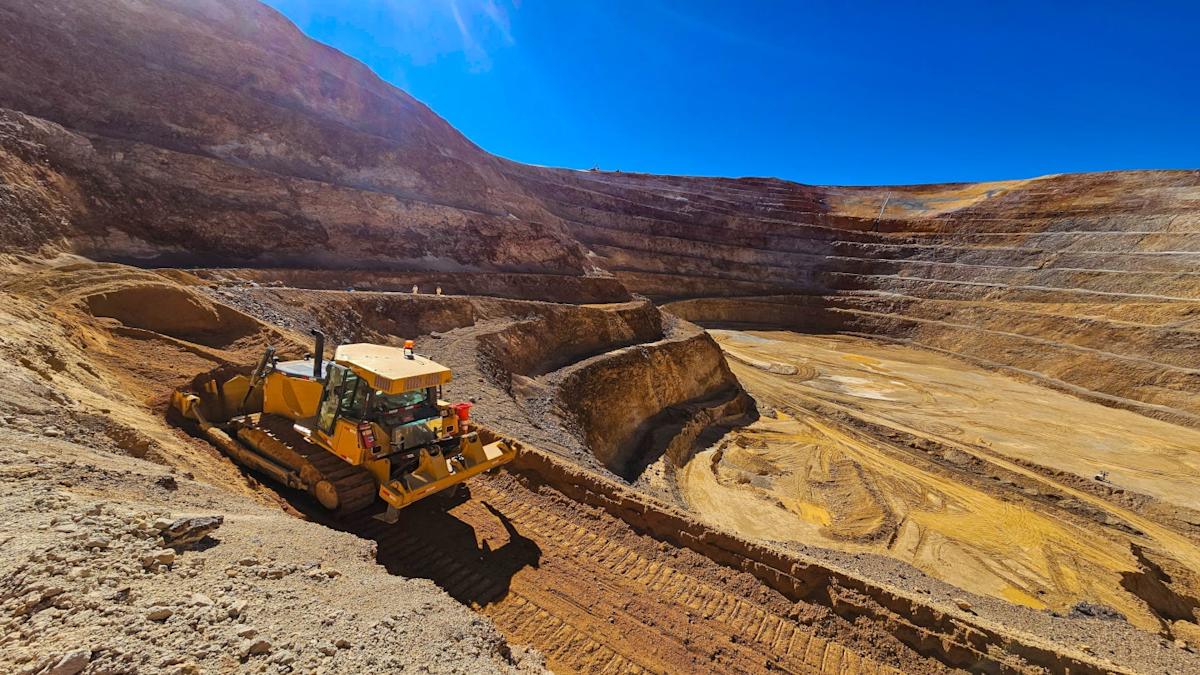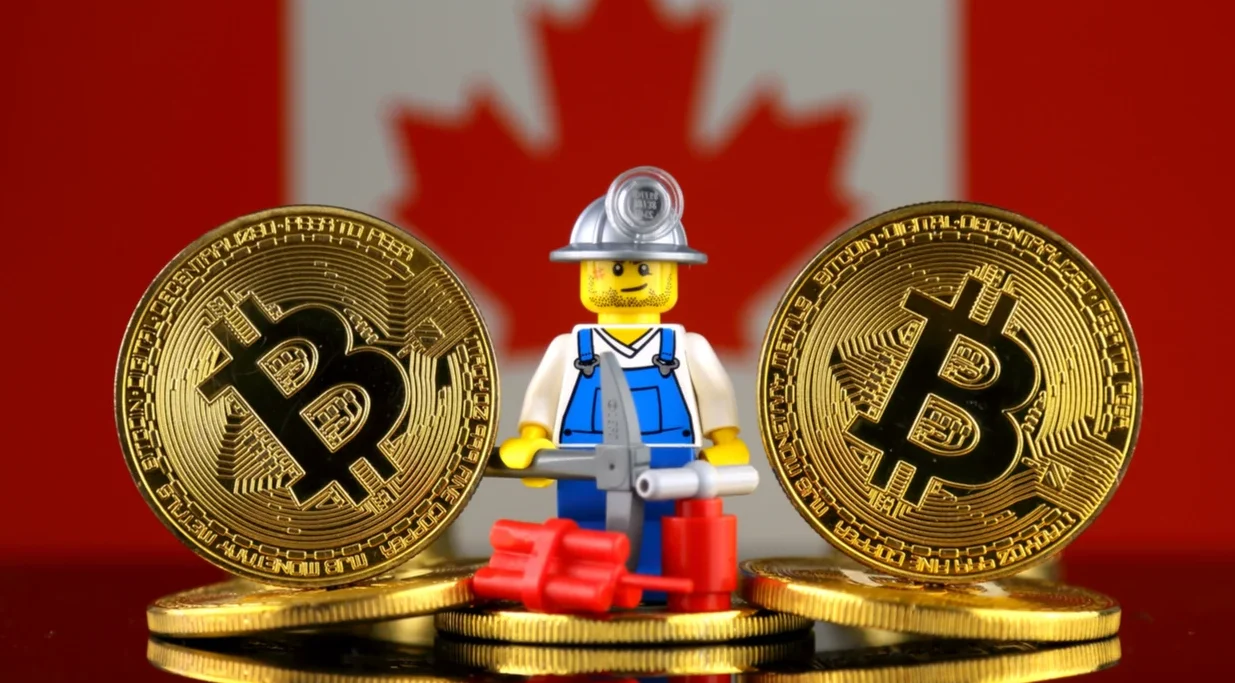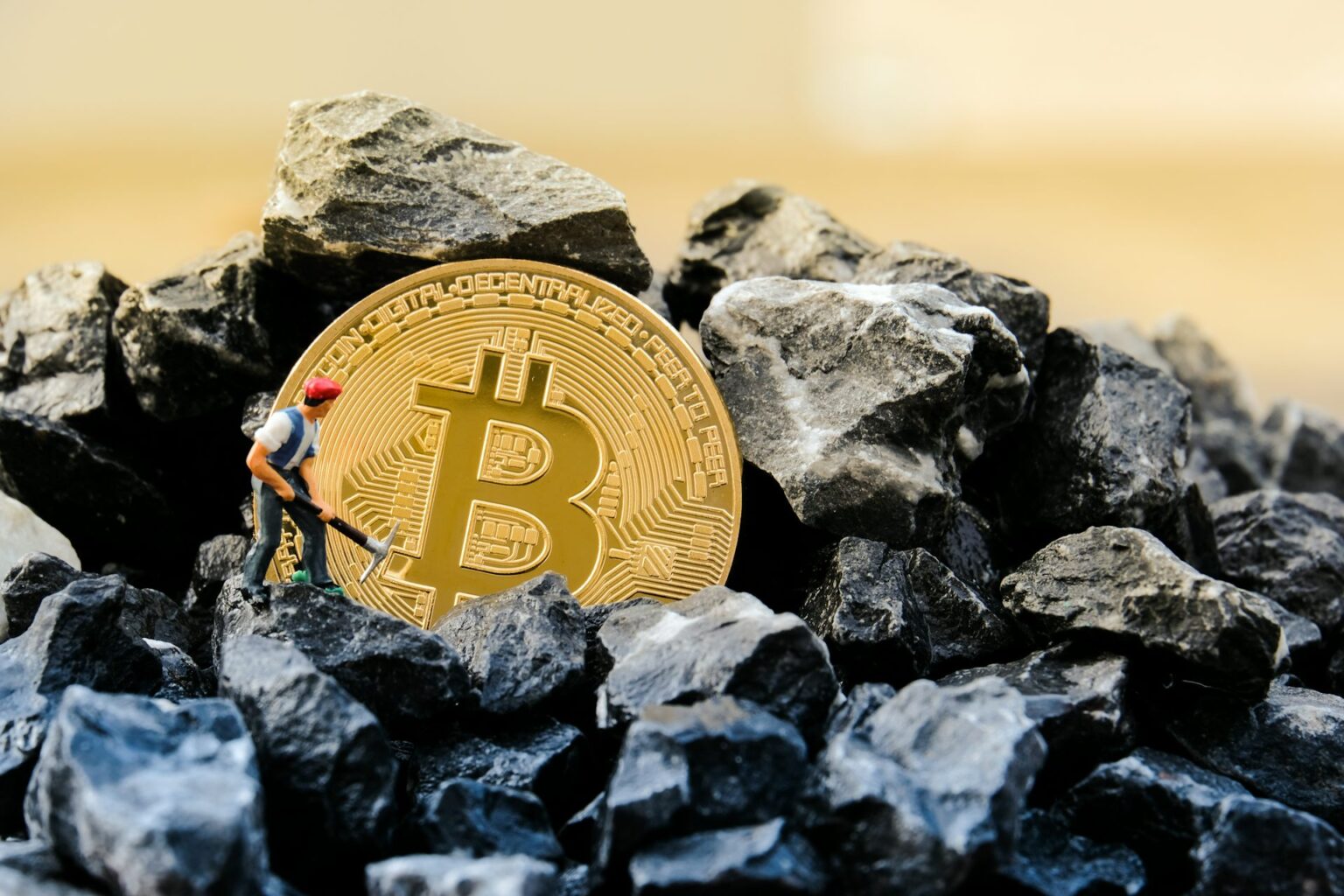In the realm of cryptocurrencies, mining for Bitcoin is a basic procedure. Its two main jobs are to check transactions and make new bitcoins. The Bitcoin network wouldn’t be as safe and trustworthy as it is now if there weren’t any mining. This functionality is what makes it one of the most cutting-edge financial innovations out there. Mining uses a proof-of-work consensus technique, which means that computers compete to solve challenging arithmetic problems. The first miner to solve the riddle gets to add a new block to the blockchain and gets paid in bitcoins.
This process isn’t random. It takes a lot of computing power and uses a lot of energy. Miners use customised hardware to increase the likelihood that they will be able to solve the cryptographic problems. The result is a safe, decentralised network that prevents fraud, double-spending, and manipulation. This is what Satoshi Nakamoto, the pseudonymous developer of Bitcoin, viewed as the foundation of a new financial system.
Bitcoin Mining Hardware Evolution
At first, you could mine Bitcoin with a simple home computer that included a central processing unit (CPU). As Bitcoin became more popular, miners switched to more powerful graphics processing units (GPUs), which had far faster computing speeds. The situation changed again over time with the arrival of application-specific integrated circuits (ASICs), which are machines made just for mining Bitcoin on a large scale.
Companies like Bitmain, Canaan, and MicroBT are at the top of this field with devices like the Antminer S21 and Whatsminer M60S, which offer hash power and efficiency that have never been seen before. Mining farms and institutional players are the main actors in the high-stakes Bitcoin mining sector today. Individuals can still mine, but the level of competition and the amount of money needed to do so effectively make it less common for anyone to do it alone.
Global Mining Pools and Power Shift
Many miners work together in mining pools to improve their chances of getting rewards. These pools let many people pool their computing power and share the rewards fairly. Foundry USA, Antpool, and ViaBTC are some of the biggest pools in the world. They handle a considerable part of Bitcoin’s overall hash rate. Such activity has sparked a conversation about centralisation in mining, which is when a small number of groups control a big part of the network’s computer capacity. The global mining landscape has significantly changed from a few years ago. After China banned mining in 2021, a lot of the hash power moved to places like the US, Canada, Kazakhstan, and Russia. Because they have deregulated power networks and a lot of renewable energy, places like Texas have become mining hubs.

Bitcoin Mining Profitability Factors
The price of Bitcoin, the difficulty of mining, the cost of electricity, and the efficiency of the technology all affect how much money Bitcoin mining makes. The block subsidy and transaction fees are part of the payment miners get. But every four years, a scheduled occurrence called the “halving” cuts the block subsidy in half. This event makes the supply tighter, which has traditionally had a big effect on the price of Bitcoin. The last halving happened in 2024, when the block reward went down to 3.125 BTC. Miners depend more and more on transaction fees as payouts go down. So, not only the market price of Bitcoin, but also the overall activity and congestion on the network affect how profitable it is.
Bitcoin Mining Profitability Factors
Mining’s effect on the environment is one of the most talked-about concerns in the Bitcoin world. Critics say that mining uses too much energy, most of which comes from fossil fuels. Supporters say that more and more of Bitcoin mining is done with renewable energy sources, including hydroelectric, solar, and wind power. Reports from groups like the Bitcoin Mining Council, which is led by Michael Saylor of MicroStrategy, say that more than half of the network employs renewable energy sources.
The Bitcoin Electricity Consumption Index from Cambridge University also keeps track of mining’s energy use, giving us information that helps move the discourse towards more environmentally friendly practices. Innovative concepts such as immersion cooling and the utilisation of stranded or flared gas, energy that would otherwise be discarded, are transforming the perception of Bitcoin’s environmental impact. Geothermal energy from volcanoes powers mining activities in locations like El Salvador, turning natural resources into digital riches.
Global Bitcoin Mining Regulations
Governments all across the world are paying more attention to Bitcoin mining. Some countries, like China, have outright outlawed it. Canada and the U.S., among others, are trying to control it through larger rules on crypto or energy. Legal attention typically goes on taxes, energy use, and financial openness.

In the U.S., states like New York have considered moratoriums on proof-of-work mining unless businesses meet severe environmental standards. At the same time, countries like Paraguay and Bhutan see mining as a way to make money from their large amounts of hydroelectric power.
Future of Bitcoin Mining
It looks like bitcoin mining will become more professional and use less energy. The trend towards integrating renewable energy sources is likely to continue, especially as miners want to improve their public image and regulatory position. Mining is becoming more scalable and sustainable thanks to better ASIC chips and smarter energy use, among other things. As block rewards go down, the Bitcoin fee market is likely to become more important.
Layer-2 technologies like the Lightning Network could change the number of transactions and the amount of money miners make. But the way miners are paid is still crucial for Bitcoin’s long-term security. Bear markets, regulatory crackdowns, and criticism of the environment have all tested the network’s strength, but it keeps changing. This change shows that the Bitcoin protocol is strong and that people all around the world are interested in decentralised, safe digital money.
Final Thoughts
Mining Bitcoin is more than simply a technical task; it’s a key part of a new way of thinking about money. Mining is an important part of the process that makes transactions possible and encourages people to work together across borders without having to trust each other. The mining industry will change as technology, the economy, and public policy do. If you want to be a part of or understand the basics of the Bitcoin ecosystem, you need to know how mining works.







